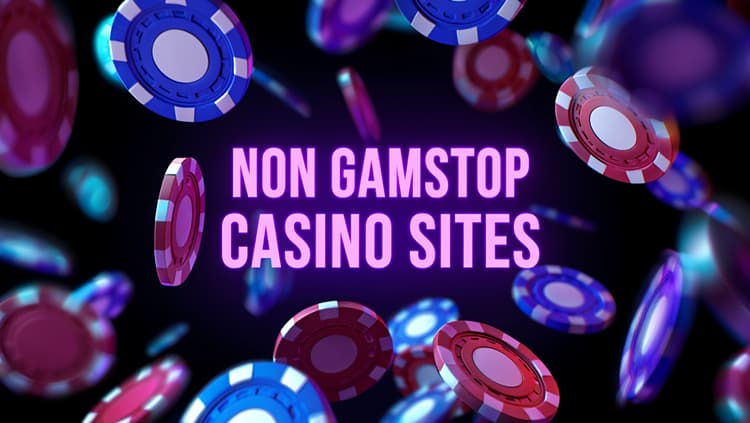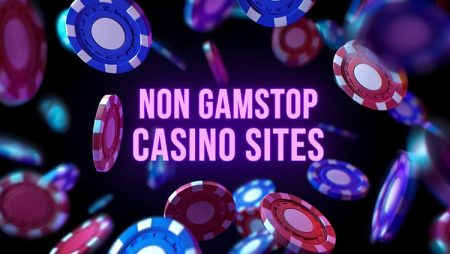The house edge is arguably the most fundamental concept in gambling. It is the built-in mathematical advantage that a casino has over a player, and it is the primary way sweet bonanza casinos ensure profitability. Understanding the house edge is crucial for any player, as it allows for a more realistic view of the game and helps in making informed decisions.
What is House Edge?
The house edge is a theoretical percentage that represents the average profit the casino will make from every bet placed over the long term. For example, if a game has a 5% house edge, the casino expects to keep 5 cents of every $1 a player wagers over time. This doesn’t mean you will lose exactly 5% of your money in a single session; luck plays a huge role in the short term. However, over thousands of hands or spins, the game’s results will inevitably trend toward this statistical average.
The house edge is not about a game being “rigged.” It is a transparent and fixed part of the game’s rules.
How the House Edge Works: A Roulette Example
A perfect example of the house edge in action is the game of roulette. If a roulette wheel had only black and red pockets, a bet on either color would have a 50% chance of winning. If the casino paid you a 1:1 payout for a win, it would be a fair game with no house edge.
However, a standard European roulette wheel has 36 red and black pockets, plus a single green “0” pocket. An American roulette wheel has a “0” and a “00”. These green pockets are what create the house edge. When the ball lands on a green pocket, all bets on red, black, odd, or even lose. This small addition to the wheel is enough to give the casino a permanent mathematical advantage.
- European Roulette: The single zero gives the casino a house edge of approximately 2.7%.
- American Roulette: The extra “00” doubles the house edge to around 5.26%.
House Edge vs. Other Concepts ⚖️
- House Edge vs. RNG: The house edge is the mathematical advantage, while the Random Number Generator (RNG) is the technology that ensures every spin or hand is random and fair. The RNG does not manipulate the game to favor the casino; it simply ensures that the house edge plays out naturally over the long run.
- House Edge vs. RTP: The Return to Player (RTP) percentage is simply the inverse of the house edge. If a game has a 5% house edge, its RTP is 95%. This means the game is expected to return 95% of the money wagered to players over time.
Finding Games with a Low House Edge
A key strategy for responsible gambling is to play games with a lower house edge, as this gives you a better chance of winning over the long term.
- Blackjack: With a disciplined approach using basic strategy, blackjack can have a house edge as low as 0.5%.
- Video Poker: Some video poker machines, when played with an optimal strategy, can have a house edge below 1%.
- Craps: The “pass line” bet in craps has a house edge of just 1.41%, and the subsequent “odds bet” has no house edge at all.






